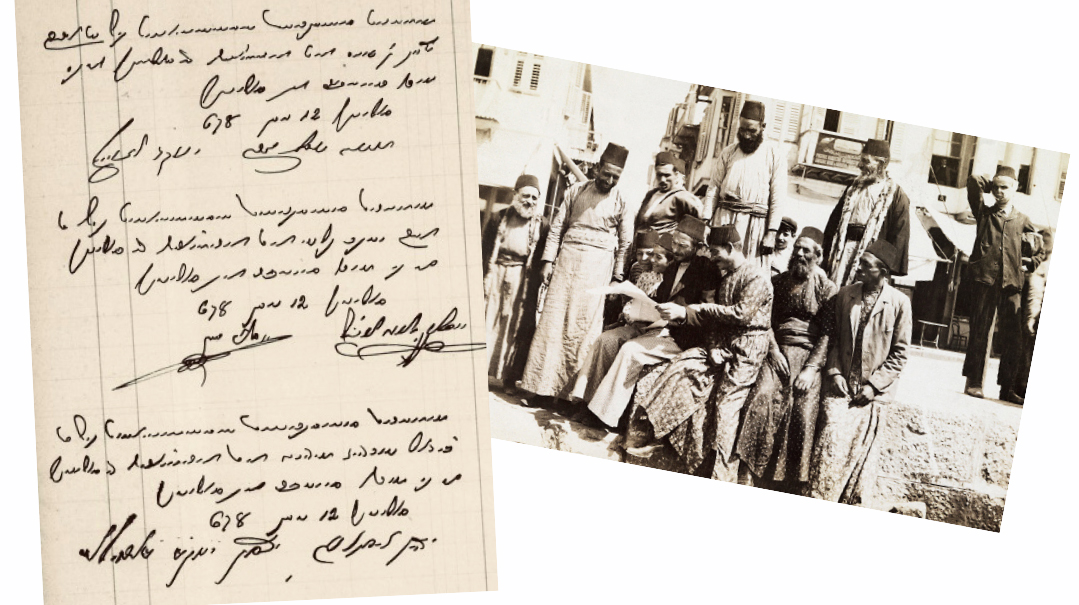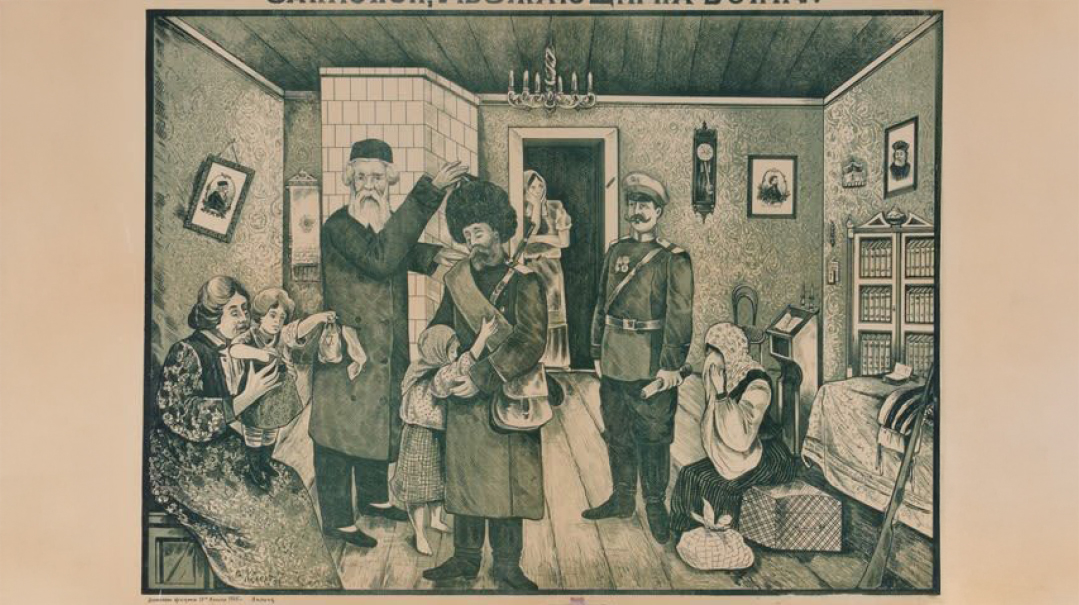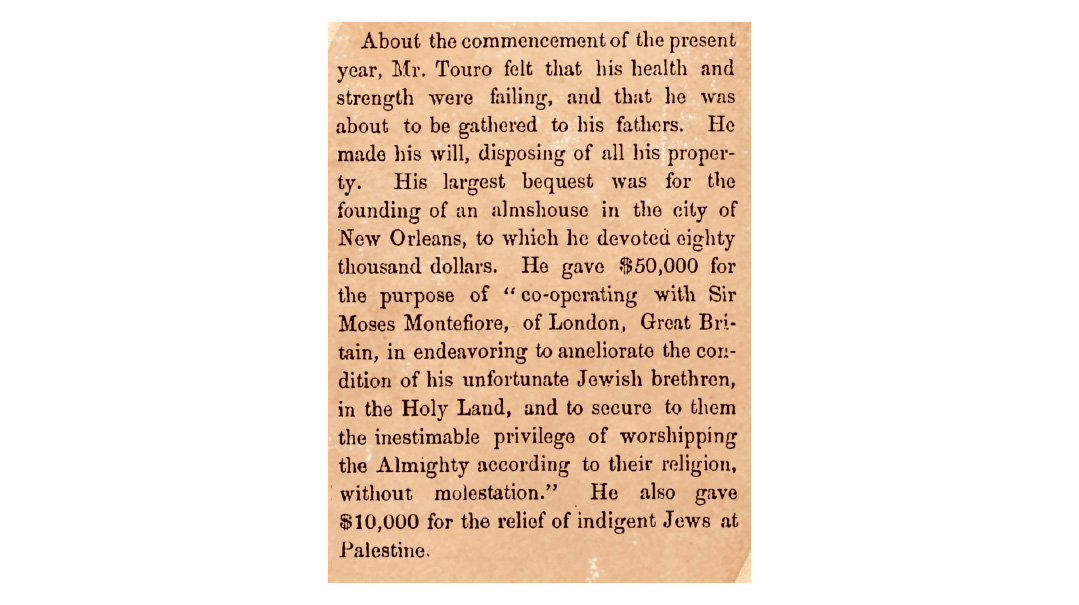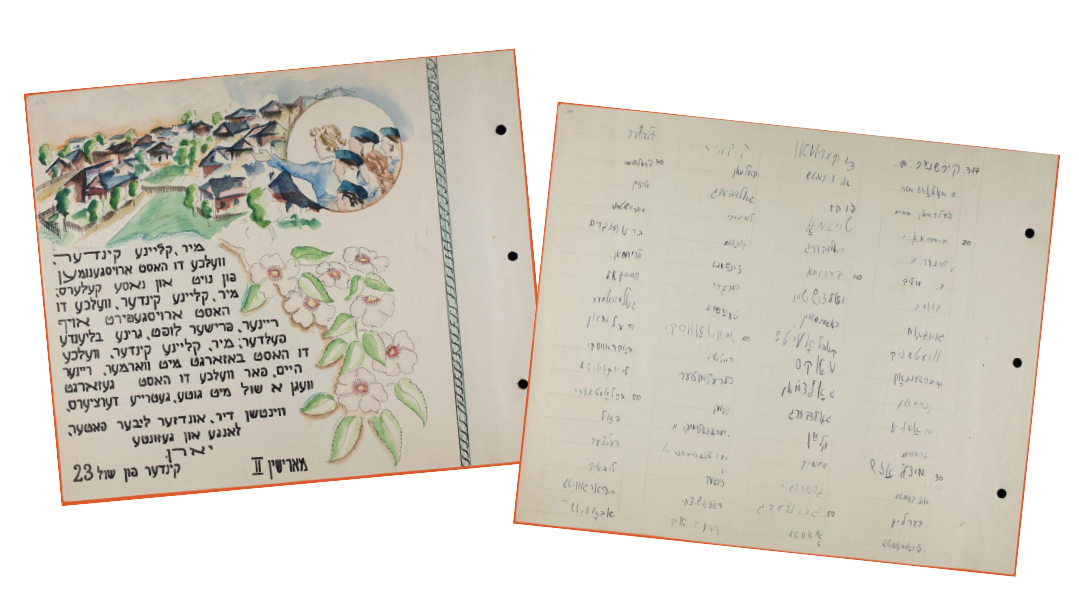The Last Interview with Rav Shayale
| April 29, 2025Most of the information we have for him comes from oral traditions among Unterland Hungarian Jewry
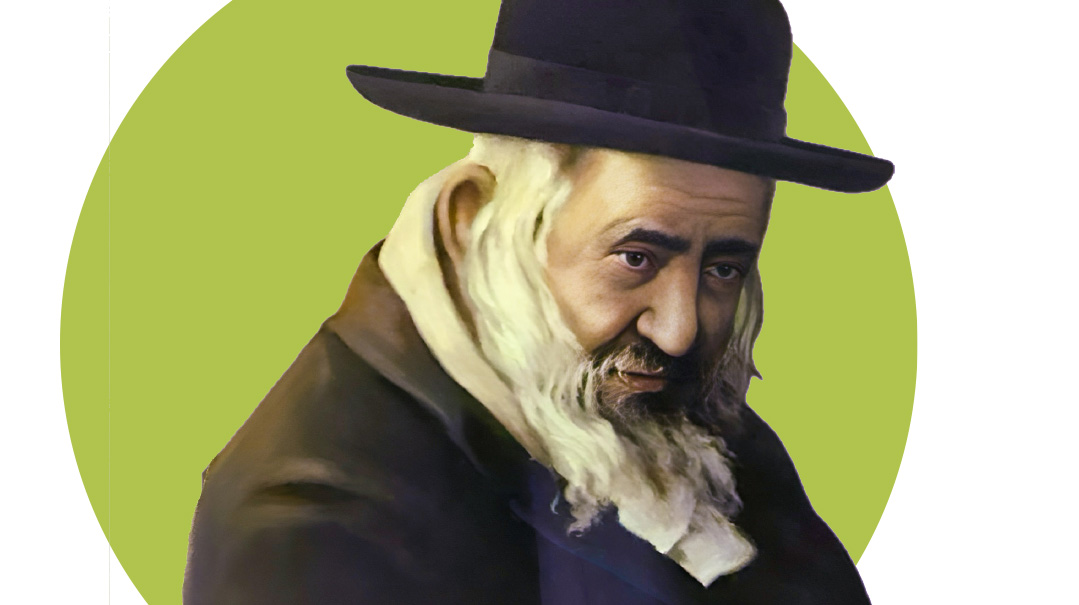
Title: The Last Interview with Rav Shayale
Location: Bodrogkeresztúr (Kerestir), Hungary
Document: Article in Budapest Pesti Naplo newspaper
Time: March 1925
The Jewish People has been blessed with many Torah giants whose leadership was felt in their own lifetimes and whose well-known accomplishments still resonate to this day. There have been other leaders, however, who didn’t have the same sort of noisy impact. Such was the leadership of one of the most unique leaders in Jewish history — Rav Shayale Steiner (1851–1925) of Kerestir, Hungary.
Born of humble lineage, he emerged as the personal attendant of Rav Tzvi Hirsh Friedman of Liska. He was later a follower of the venerated Divrei Chaim of Sanz and then Rav Mordechai Leifer, known as Rav Mottele of Nadvorna, who advised him to move to the eastern Hungarian town of Kerestir (Bodrogkeresztúr), nestled in the quaint Tokaj wine region.
Upon assuming the unlikely mantle of chassidic leadership, Rav Shayale soon emerged as a rather unconventional chassidic leader for his era. He authored no seforim, didn’t serve at the helm of any institution, did not deliver a formal shiur, nor did he even share his own Torah in the traditional sense at his Friday night tish. He didn’t associate with any Orthodox political party of his day, did not attend conventions, nor did he deliver speeches. He took no public stance on Zionism, moving to Eretz Yisrael, or on any other hot topics of that period.
So what did he do? As he himself put it, he fed hungry Yidden who came to his door. Lacking any institutional framework or charismatic public persona, Rav Shayale was a fatherly figure filling basic physical needs for the poor, the downtrodden, and anyone who needed a shoulder to cry on. Word spread around Hungary that there was a rebbe in Tokaj who simply cared about others.
Hundreds of brokenhearted souls seeking salvation arrived at his door. Oral accounts of his giving, his prayers, and his blessings that emerged during his lifetime have gained momentum in recent years, and traffic to Kerestir has increased once again.
Due to Rav Shayale’s unusual style of leadership, his geographical isolation, and the lack of a written legacy, most of the information we have for him comes from oral traditions among Unterland Hungarian Jewry. But shortly prior to Rav Shayale’s passing exactly a century ago, a Budapest journalist named Loswiczy Zoltán went to Kerestir to cover this human-interest story. The account of his journey was published in the Pesti Naplo newspaper on March 1, 1925; his lively description of the court and his personal interaction with the tzaddik provides a rare window into the daily life of Rav Shayale of Kerestir.
This document describes in riveting detail the goings-on in Rav Shayale’s court in Kerestir and a personal interaction with Rav Shayale. Excerpts are presented here, translated from the Hungarian original, for the very first time, as we journey to Rav Shayale together in honor of his centennial yahrtzeit.
The Wonder Rabbi of Bodrogkeresztúr Predicts Better Times and Better Morals
The heavy burdens of life, the looming anxieties, and the foggy future, on which no business plans or spiritual happiness can be securely built, increasingly draw people toward mysticism. One goes to the long-neglected temple, another attends spiritualist séances, and a third visits the “wonder rabbi.” And the railway traffic to Bodrogkeresztúr grows ever more significant, its mail increasing with colorful stamps from every state in the wider world.
On the long, bad road leading from the railway station to the village, the horses’ hooves churn the mud intensely as trains arrive and depart. In the bouncing carriages, passengers sit cramped, not worried about wrinkling their clothes but rather protecting their long beards and swaying sidelocks, and secretly tending to the wrinkles of their souls, which are dense upon arrival and smooth out upon leaving Bodrogkeresztúr.
“You’ll see how easy it will be,” assures my fellow traveler as the carriage splashes through puddles, “after speaking with the holy rabbi.”
Among the many black beards, there is a gentle blond on my neighbor’s chin; the hope of forget-me-nots sparkles through his worn sorrow in his blue eyes.
“The holy rabbi” — as he says this, he already feels relief from the troubles he left behind in Újpest, the forced settlement and seven children. I don’t have the heart to tell him that I did not come for advice. I just wanted to see the holy man, Sáje Steiner, and those who seek advice from him, and the faith that brings so many people to Bodrogkeresztúr over muddy distances.
Today’s showing is relatively weak. With me, perhaps 15 get off the Miskolc train, and as our driver says, only 50 strangers visit Bodrogkeresztúr. To me, it seems like a considerable number, but I soon learn that it is nothing. Often, a hundred people arrive, and on special occasions, 600 to 800 visit Sáje Steiner, seeking advice or consolation or praying with him.
The guests are mostly strictly Orthodox Jews, but Neologs come, and a large number of Christians as well. And Sáje Steiner receives everyone. He faithfully fulfills the mission left to him by his master, the scholarly rabbi from Olaszliszka. He came to his house very young, became his student, was greatly loved by the old man, and stayed by his side until his death. People used to come to Olaszliszka for comfort, and Sáje Steiner not only pored over old books but also absorbed his master’s wisdom.
The believers already saw him as the rightful successor, and he received the right in full measure when his master, on his deathbed, said to him, “Sáje, if you need advice on a difficult matter, turn to me in the cemetery.”
And indeed, he became the successor, and if a complicated, extraordinary problem arises, he does not immediately answer the questioner. He goes to his master’s grave, immerses himself in prayer, and only offers advice if he has been “heard” in the cemetery. This is rare, for Sáje Steiner always finds the answer, seemingly to general satisfaction.…
I could not observe this intriguing scene, replete with dense medieval mysticism, for long. The innermost door opened again. The bare-headed bodyguard peeked out. He exchanged a few words with the secretary. The discussion concerned me. The secretary of the holy rabbi led me in.
Sáje Steiner sat at a table and smiled kindly at me. The holy rabbi is a plump, short-statured old man with a large, graying beard, over 60. But his face is fresh, and his gaze radiates great intelligence. He extends his hand warmly, like any mortal, and although I had not sent any writing, he knows exactly who I am and that I am a different kind of visitor, not here to seek advice for earthly troubles. He speaks fairly well in Hungarian, excellently in German, but to me, his German somehow sounds like Hebrew. Where we falter, interpreters help, for the rabbi’s son, the secretary, and two bodyguards are present in the small room.
When I tell him how much I have heard of his fame, the holy rabbi nods quietly, and when I ask what strength gives him his power, the secretary answers for him: “He has prayed a lot.”
There is no appeal against such an answer. And I must believe that the same remedy applies to the troubles and complaints brought to the holy rabbi — he prays. They say that it shows, people believe in him unshakably. Indeed, in many cases, this might be the only remedy where nothing else remains.
Our conversation flows. We talk about faith, happiness, and human virtues. Also about topics that belong to recent history.
“One must resign oneself even to the bad,” Sáje teaches. “Nothing remains unchanged.”
“But why did it turn out this way?” I ask. “What is the cause of the moral collapse?”
“The war is to blame for everything,” he says. “It has always been like this.”
“What do your studies of the old world show?”
“It was the same after wars in the past. But all this will pass nicely.”
“And the difficult life that brings so many people here for advice?” I inquire.
“The L-rd will change it. Everything will turn out well, one just has to trust. Trust.”
“Pray,” someone from the circle says again.…
It was already twilight, and dinner was ready in the kitchen. And it is no joke, because Sáje Steiner feeds twenty to thirty people daily. He has a large family, many grandchildren, and legions of staff. They often cook for a hundred people, because every guest from afar gets lunch and dinner here. Those who run out of money receive travel expenses, and the hungry can sit at his table for days. There are notable days, special Sabbaths, and other occasions when the number of guests reaches hundreds. At such times, they set the table in the synagogue, and the guests also sleep there.
There was a large banquet two months ago when the holy rabbi’s granddaughter married a Talmudist. Guests flooded in from all over the country, and the entire Bodrogköz was invited. Christians also came, and for religious reasons, they were seated separately. Neolog Jews in the village also hurried to put on their hats when Sáje Steiner, in festive attire, entered to wish them a good meal.
It is said that he distributes all the money that visitors leave —vast sums — to the poor. Of course, a lot is needed for the household, but that is generously provided. For his granddaughter’s wedding, at least a wagonload of geese arrived. …
I heard a few pieces of advice the holy rabbi dispensed.
“My business is going very badly,” complained one seeker of advice. “What should I do?”
“Just work diligently. It will still go badly for a while, but then it will change.”
This will surely happen. Another question was more interesting, and the answer was very beautiful. A husband was worried. There were no children. Should he divorce...? But this man looked very much in love, poor fellow.
So the holy rabbi said: “Have you ever been to a flower garden?”
“Yes.”
“Was it beautiful?”
“Yes.”
“Were there apples, pears, or any fruit?”
“No.”
“And yet it was beautiful, wasn’t it?”
“Yes.”
“Your marriage is like that flower garden, beautiful as it is. Pluck the flowers.”
The loving husband, comforted and happy, hurried home to pluck flowers. While I pondered the wisdom and poetry of the answer, my new acquaintance from Újpest, the man with the yellow beard, spoke to me.
“You didn’t ask anything?”
I didn’t.
“What carelessness. Don’t you have any troubles in life? Is the world so beautiful for you that you need nothing? You came from Budapest and asked nothing.”
I almost regretted it; he was so indignant with faith. Indeed, it was carelessness.
The 100th yahrtzeit of Rav Shaya ben Rav Moshe of Kerestir is 3 Iyar.
(Originally featured in Mishpacha, Issue 1059)
Oops! We could not locate your form.

